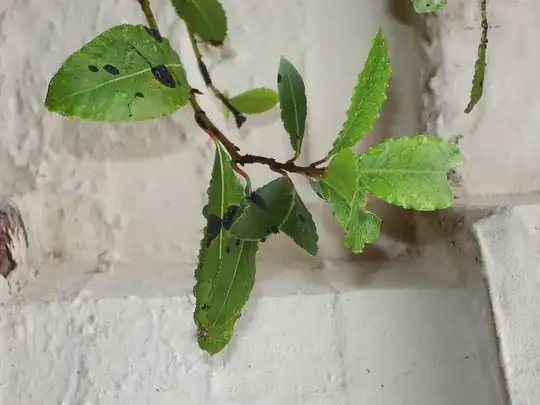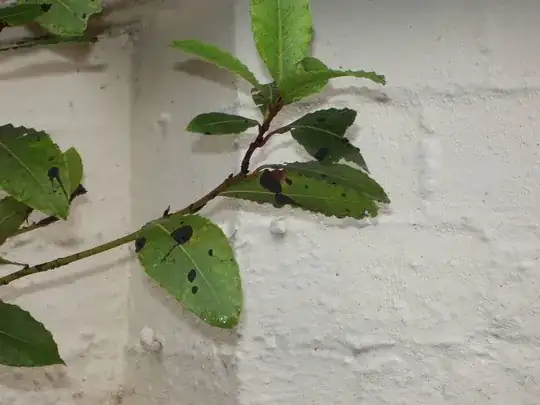With no disrespect to the members of this community (as I fully include myself in that statement), your question seems risky at best to ask here, after all you are asking for advice (thumbs up, go ahead use it, eat it) on whether an edible plant is now safe to eat/use after coming into contact with a toxic (poisonous) substance.
Black roofing tar is toxic.
Personally I am unable to answer you're specific question, I'm simply not qualified to-do-so.
It would be a very brave and foolish person (unless of course they were appropriately qualified to-do-so) who told you for 100% those leaves were safe to eat/use (or when they would be).
The possible risks of giving unscientific advice on such a subject could prove (very) costly to those that eat the infected leaves/plant (if indeed they are unsafe to eat).
My personal recommendation is to contact your local Food & Health Safety Office and seek their professional advice on such a potentially serious matter.
Ok! as I am genuinely interested in trying to find out a "definitive" answer to this question (type of question), I decided to call the Missouri Botanical Gardens Horticultural Gardening Answer Service this morning (about 3 hours ago) and seek their advice.
Below is what they told me:
If any plant (or soil) comes into contact with a toxic (poisonous) substance, no one can (or should) tell you if it's safe to eat, without first getting the plant (soil) professional tested and the results evaluated by an expert in the area of "Food & Health" or "Poison Control".
Plant (and soil) material that has visibly come into contact with the toxic (poisonous) substance, should be removed immediately (or as soon as possible) in a safe manner.
Removed material should be discarded of in a proper manner.
The plant (soil) should then be thoroughly cleaned with fresh cold water. Purpose being, you want to try your very best to wash away as much of the non-visible toxic (poisonous) substance as possible.
After doing all of the above, any new fresh growth might then be ok! to eat. Note, they did not say, "It is definitely, should be, safe to eat".
For total piece of mind, and for your own safety, they strongly recommend you don't eat it or use it in any culinary way. Instead, remove the whole plant and as much surrounding soil as you can, then start again with a new plant and fresh, clean soil.
Of course the above goes out of the window if you do get the plant (soil) professional tested and an expert gives you the all clear after evaluating the results...
Hope the above helps and helps you make the right decision as to what to do for the best.

